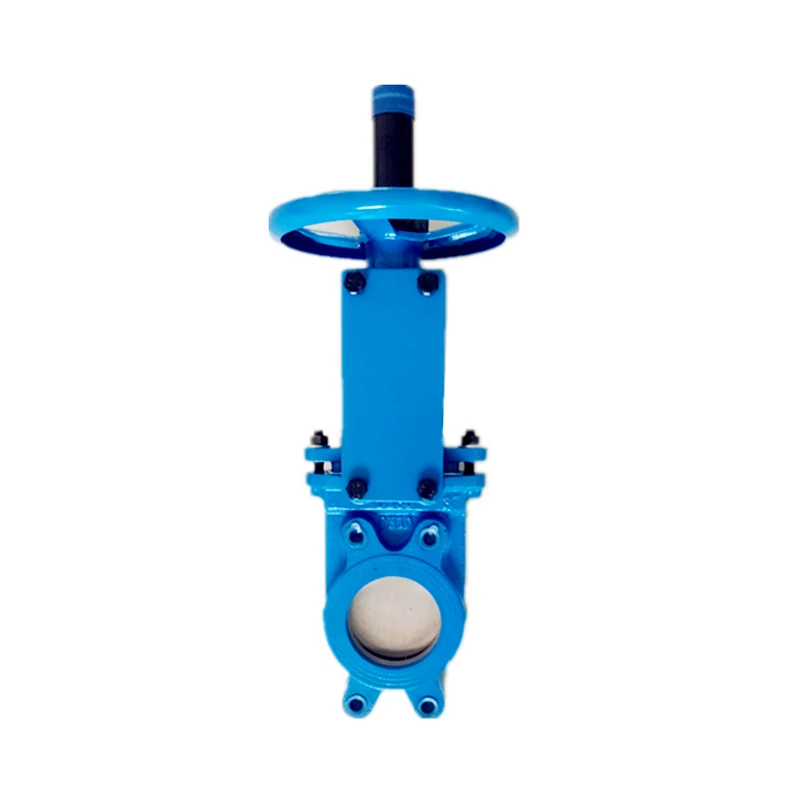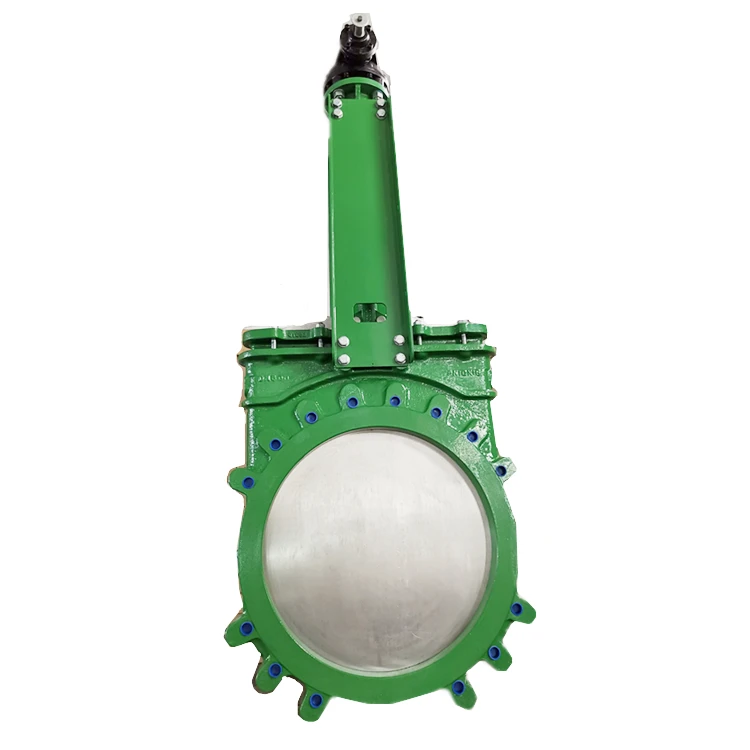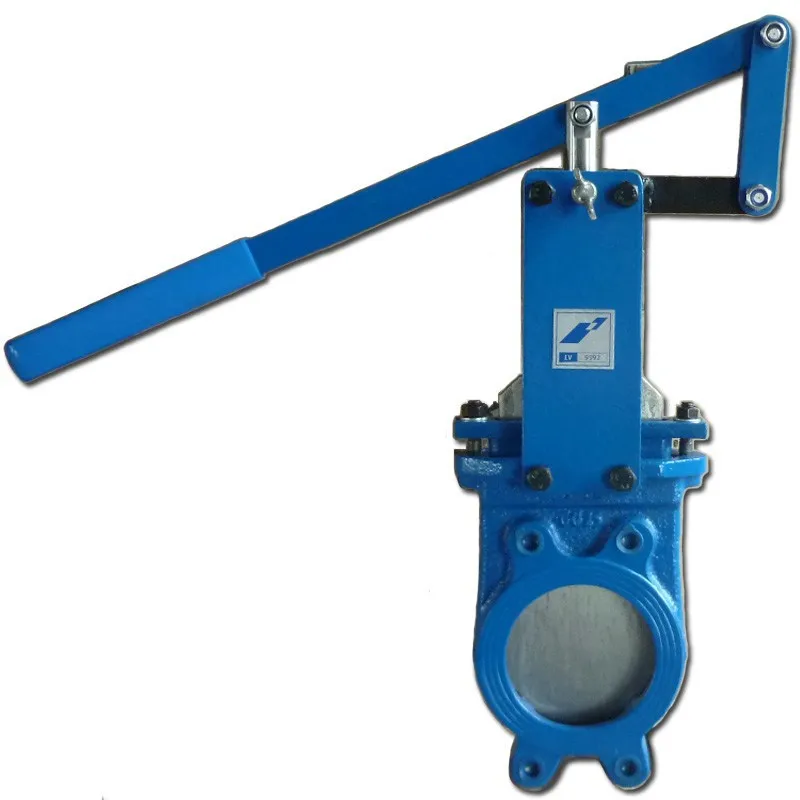Different Types of Knife Gate Valves Explained Unidirectional to V Port
Key Takeaways
Knife gate valves serve a crucial role in various industrial applications, providing effective isolation and control of fluids. The unidirectional knife gate valve is designed for one-way flow, ensuring that the medium does not reverse direction, which helps maintain system efficiency and safety. On the other hand, the V-notch knife gate valve features a V-shaped opening allowing for precise flow control and throttling capabilities. This design is particularly useful in applications where variable flow rates are required.
The V-port knife gate valve, similar in operation to the V-notch variant, offers an alternative geometry that enhances performance in certain scenarios. This valve type allows for greater flow regulation through its distinctive port design, ensuring optimal operation in demanding conditions. The Vaas knife gate valve, with its innovative construction, combines durability with functionality, making it well-suited for handling slurries and other challenging materials.
Understanding these diverse types of knife gate valves is essential for selecting the appropriate one for specific applications. Each type brings unique advantages tailored to different operational requirements within industrial systems.
Different Types of Knife Gate Valves: An Overview
Knife gate valves serve critical functions in a variety of industrial applications, primarily for controlling the flow of fluids in pipelines. These valves are known for their effective sealing capabilities and are designed to handle demanding environments. Among the most notable types are unidirectional knife gate valves, which allow flow in a single direction and prevent backflow, making them ideal for applications where flow direction needs to be strictly managed.
Another variant, the V-notch knife gate valve, features a V-shaped opening that significantly improves throttling capabilities. This design allows for precise control of fluid flow even at various pressure conditions, providing an essential solution in systems that require accurate adjustments. Similarly, the V-port knife gate valve offers enhanced turbulence management through its unique shape, thus facilitating smoother operation.
Finally, the Vaas knife gate valve, known for its robust design and reliability, is often employed in heavy-duty applications where durability is paramount. Each valve type boasts specific characteristics that make them suitable for different industrial processes, ensuring optimal performance based on unique operational needs. Understanding these variations helps engineers and technicians select the most appropriate valve types for their projects efficiently.
Understanding Unidirectional Knife Gate Valves
Unidirectional knife gate valves are essential components in many industrial applications, particularly in systems handling slurries, liquids, and various solid materials. These valves feature a unique design that allows for effective sealing in one direction while preventing backflow in the opposite direction. The construction typically includes a robust blade that slices through the media, allowing for precise control over flow rates.
One of the most significant advantages of unidirectional knife gate valves is their ability to handle challenging materials without experiencing wear or damage. The sharp blade design minimizes friction and resistance when cutting through tough slurries or viscous fluids. This feature contributes not only to greater operational efficiency but also enhances reliability, ensuring that the valve performs effectively even under high-pressure conditions.
In practical applications, unidirectional knife gate valves are commonly used in wastewater treatment facilities, pulp and paper mills, and mining operations. Their ability to provide a tight seal prevents leaks during idle periods, thus maximizing safety and operational integrity. Table 1 illustrates the characteristics of unidirectional knife gate valves compared to other valve types:
Valve Type | Directionality | Common Applications | Sealing Capability |
|---|---|---|---|
Unidirectional Knife Gate Valve | One-way | Slurry handling, wastewater treatment | Excellent |
Bidirectional Knife Gate Valve | Two-way | General fluid control | Good |
V-Notch Knife Gate Valve | Adjustable | Flow regulation in open channels | Variable |
V-Port Knife Gate Valve | Adjustable | Specific flow control applications | Good |
"Choosing the right valve is essential for maintaining system efficiency and safety."
As industries continue to evolve and demand more from their components, the role of unidirectional knife gate valves becomes increasingly vital. Their specialized functionality not only meets current engineering needs but also sets a foundation for future advancements in fluid control technologies.
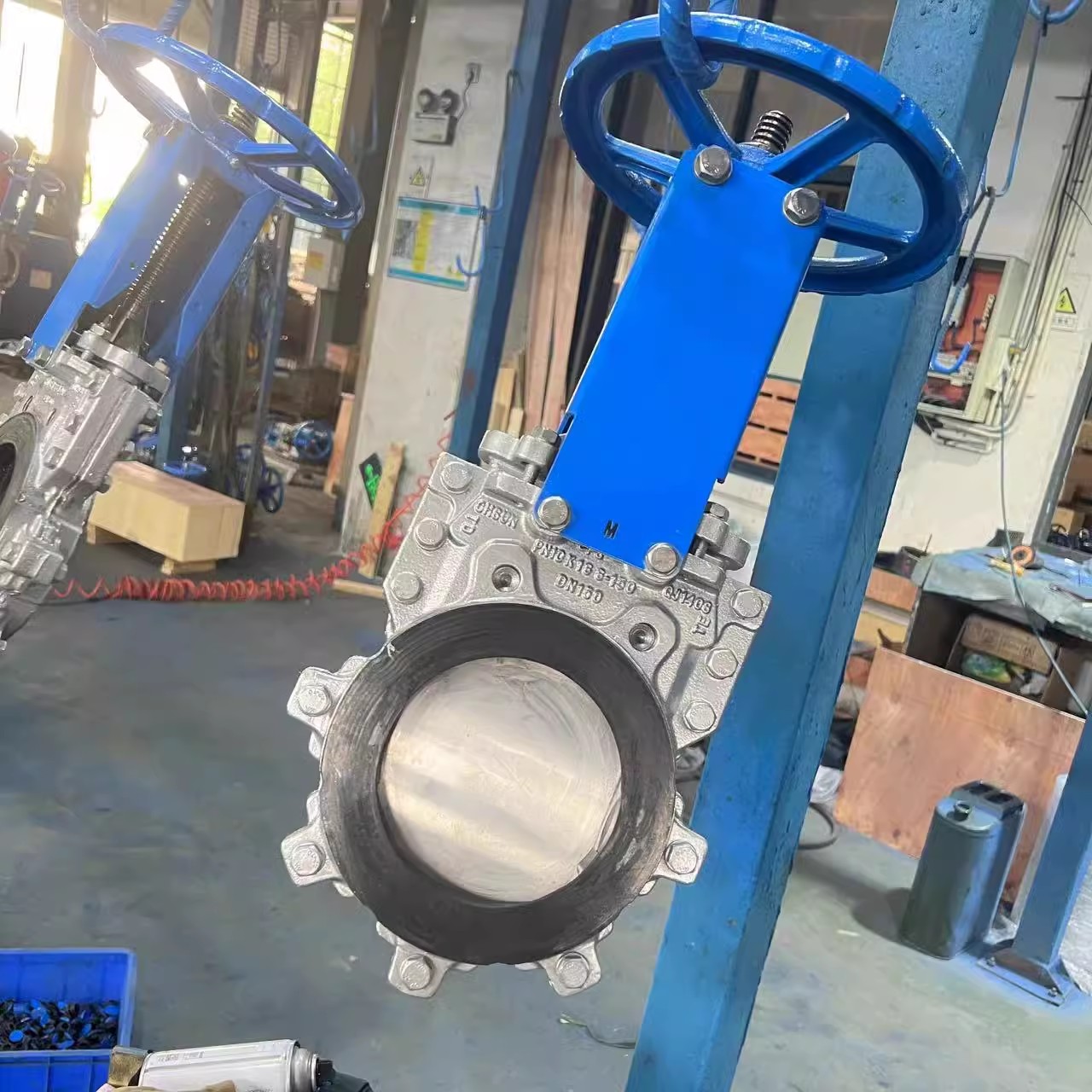
Exploring V-Notch Knife Gate Valves and Their Applications
The V-notch knife gate valve represents a sophisticated design that facilitates flow regulation in various industrial applications. Characterized by its unique V-shaped opening, this valve type allows for enhanced flow control and precision in managing the passage of solids and slurries. The design promotes effective cutting through materials, reducing the risk of buildup within the valve itself. Due to its specific geometry, the V-notch knife gate valve excels in applications where thick, viscous, or abrasive materials are present, providing a more reliable performance compared to traditional valve types.
In industries such as wastewater treatment, pulp and paper, and mining, the ability to manage flow conditions precisely is paramount. The V-notch design not only ensures minimal leakage when closed but also enables a higher degree of throttling capability when partially opened. This functionality allows operators to finely tune flow rates as required by their processes.
Moreover, these valves are constructed from durable materials to withstand harsh environments and corrosive substances, ensuring longevity and reduced maintenance costs over time. The adaptability of V-notch knife gate valves to various media makes them a valuable asset in any industrial setting where effective material handling is essential.
The Functionality of V-Port and Vaas Knife Gate Valves
V-Port knife gate valves and Vaas knife gate valves serve distinct functions within industrial applications, benefitting from their unique designs. The V-Port knife gate valve features a V-shaped opening, which facilitates variable flow control. This configuration allows for enhanced regulation of flow rates, making it ideal for applications requiring precise adjustments. Industries that utilize this type of valve often implement it in settings where throttling and control are paramount, such as in wastewater treatment and pulp processing.
On the other hand, the Vaas knife gate valve is designed with a more robust construction that enhances its ability to handle abrasive materials. Its design focuses on durability, making it suitable for heavy-duty applications across various sectors. Its versatility allows it to effectively manage slurries and viscous fluids while minimizing wear on the sealing surfaces.
Both types exhibit excellent tight shut-off capabilities when closed, providing an effective barrier against leakage in demanding environments. Their reliable performance has garnered preference among engineers who prioritize efficiency and longevity in piping systems. A selection between the two largely depends on specific application requirements, such as flow characteristics and fluid properties. Understanding these functionalities aids in making informed decisions regarding valve selection for diverse industrial needs.
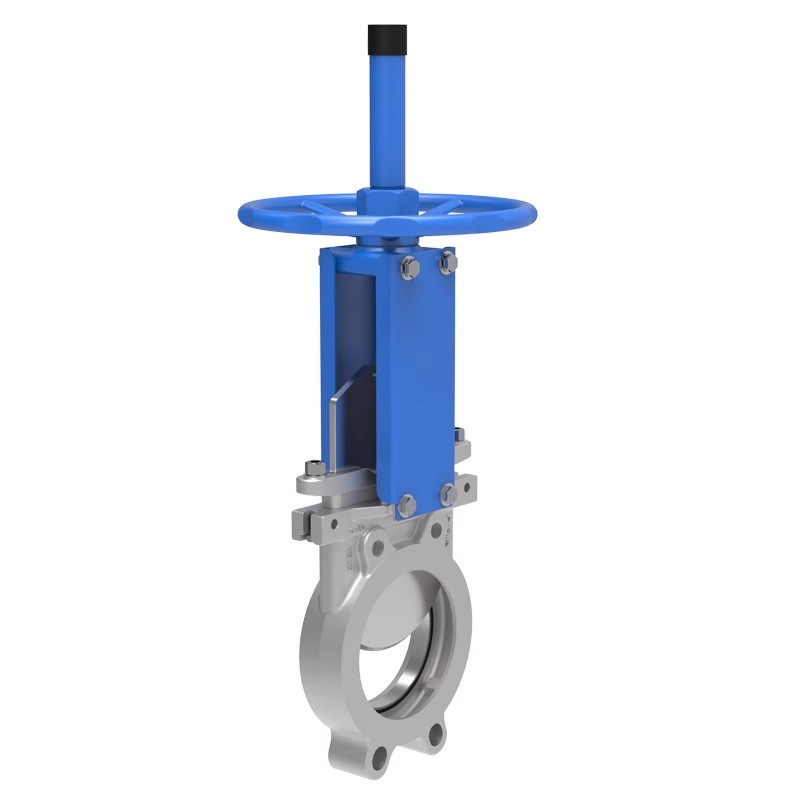
Conclusion
A comprehensive understanding of knife gate valves is vital for selecting the appropriate valve for specific industrial applications. Each type, such as the unidirectional knife gate valve, serves unique functions. The V-notch knife gate valve, known for its precision and control, is particularly effective in flow regulation where accurate modulation is required. The V-port knife gate valve offers improved flow characteristics and is ideal for throttling services due to its angular design, which allows for a more focused flow path. Additionally, the Vaas knife gate valve enhances robustness and durability in tough operating conditions. By recognizing these distinct variations—alongside their respective advantages and applications—professionals can make informed decisions that optimize operational efficiency and reliability in their systems. Understanding these elements leads to better performance and maintenance practices within industrial environments.
FAQs
What is a knife gate valve?
A knife gate valve is a type of isolation valve designed for on-off service in various industrial applications. Its construction features a razor-sharp gate that slices through the media, effectively sealing to prevent flow.
What are the main types of knife gate valves?
The main types of knife gate valves include unidirectional, V-notch, V-port, and Vaas knife gate valves. Each type exhibits unique characteristics suited for specific applications and flow control requirements.
What is a unidirectional knife gate valve?
A unidirectional knife gate valve allows flow in only one direction and is often used to prevent backflow in systems where directional fluid movement is critical.
How does a V-notch knife gate valve differ from others?
A V-notch knife gate valve features a V-shaped blade that provides better flow control than traditional designs. This construction minimizes turbulence and enhances the ability to modulate flow rates precisely.
What are V-port knife gate valves used for?
V-port knife gate valves utilize a V-shaped opening for improved throttling capabilities. They are ideal for applications where varying flow rates are necessary, allowing operators greater control over fluid dynamics.
Can you explain the function of Vaas knife gate valves?
Vaas knife gate valves combine attributes of standard knives with specialized features for enhanced performance in challenging environments, commonly found in industries such as wastewater treatment and food processing. They facilitate efficient isolation while handling thick or viscous media.

